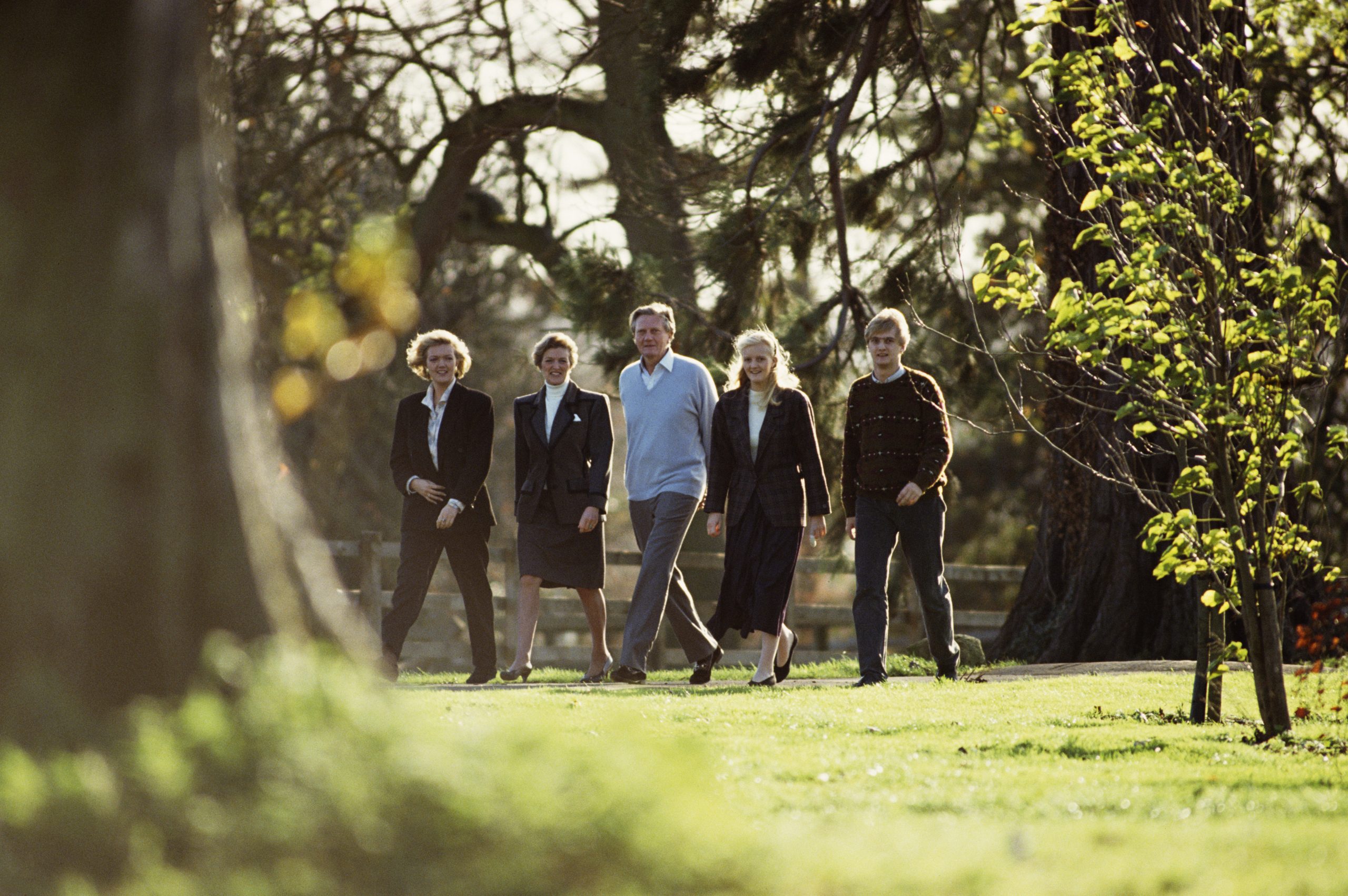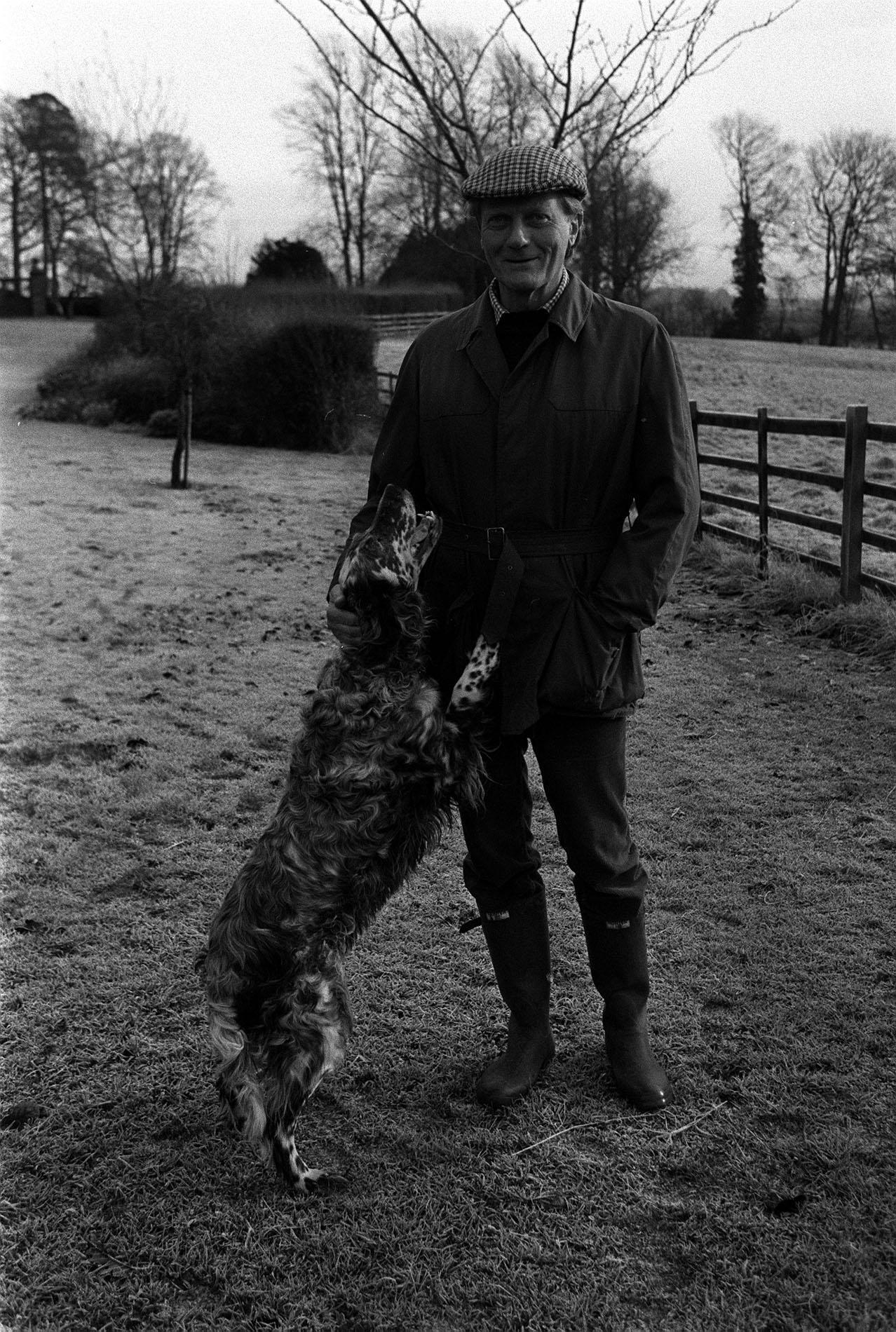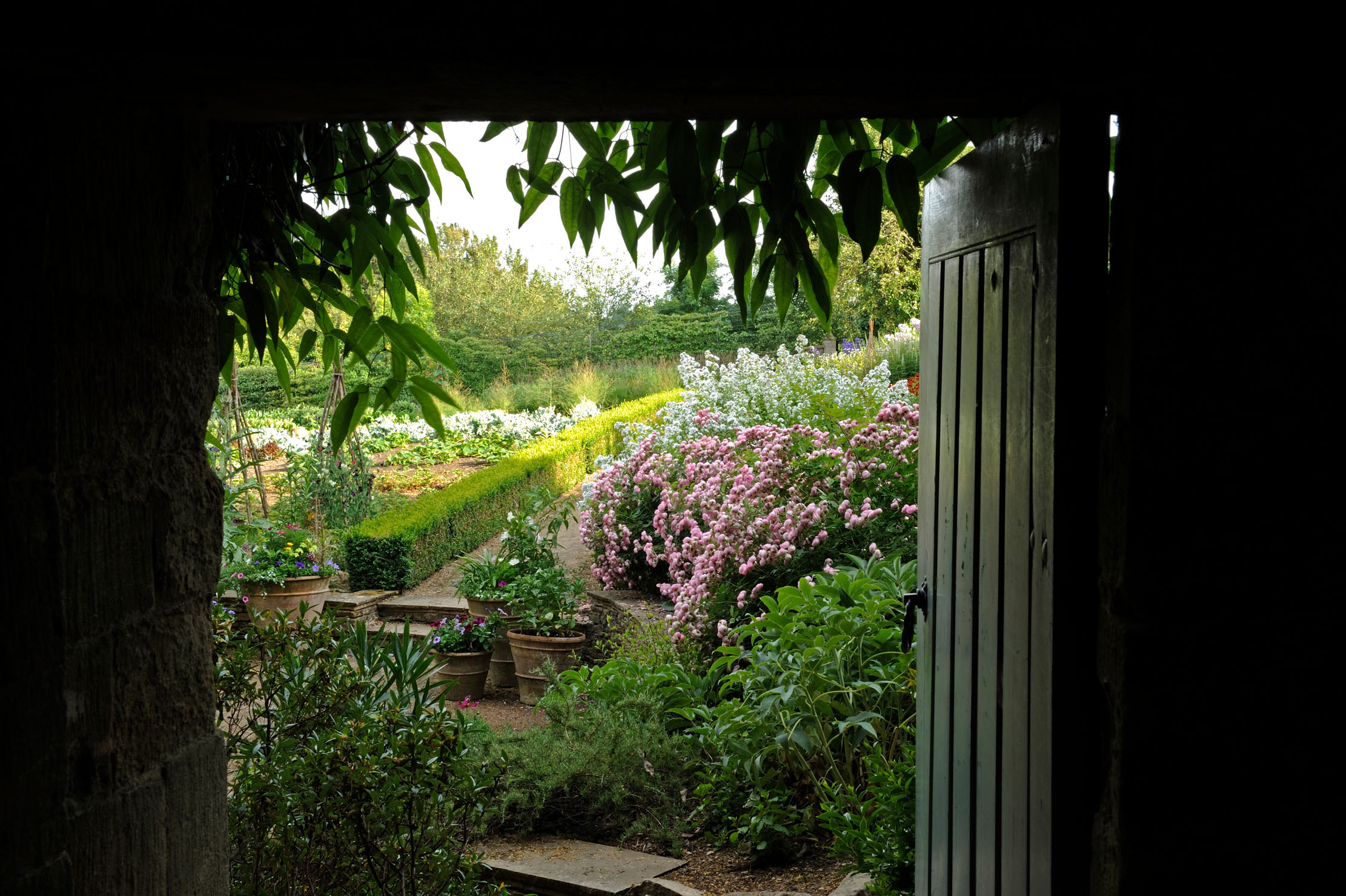Michael Heseltine: How the creation of my English country garden proceeded mistake by mistake
Michael Heseltine recounts the trials, tribulations and delights of creating a dream garden.


When my wife and I worked together on the history of our garden at Thenford, we wanted to call it Mistake by Mistake: the Creation of an English Garden. Our anxious publishers talked us out of it with the advice that no book with so negative a title would sell. Perhaps they were right, as the sales figures indicate, but we both harbour our doubts. To create a garden is to make mistakes. No couple was better equipped to do so.
On our arrival, abandoned woodland formed a giant horseshoe around the house. The silted-up 18th-century lake had only six inches of water after the 1976 drought. The canal that fed it and the avenue of giant yews that bordered it were neglected; near the 11th-century church, the medieval fish ponds were merely undulations under a mass of petasites.
The walled garden had rough grass, providing safety for rearing lambs, and ruined Edwardian greenhouses – the walls had only one or two lead labels left to remind us how the Georgians and Edwardians nurtured their espaliered fruit trees.

If ever there was a time to bring in the consultants, arboriculturists, planners, environmentalists and horticulturists, that was it, but we never seriously thought of such a professional approach.
In the early years, one event dictated the future: we met Harold Hillier and sought his advice. Shortly afterwards, a huge consignment of trees and shrubs arrived, with perhaps seven different oaks, 10 chestnuts and half a dozen limes. We had, unwittingly, become collectors. Today, we have more than 4,000 different trees and shrubs.
In the months leading to the annual autumn planting, we sow seeds, take cuttings, search the RHS Plant Finder and receive many rare gifts. In the autumn, we set off with our list. ‘You mean you just plonk a plant?’ commented a friend the other day.
At first, indeed, we were not so much designing a garden as fitting a growing variety of plants into suitable locations. The pressure built up when gardeners began to give us collections with which they could no longer cope – 300 different roses, 280 epimediums, 60 box and countless hellebores. Our 800 different snowdrops are less of a problem because you can only see them for a small part of the year.
Exquisite houses, the beauty of Nature, and how to get the most from your life, straight to your inbox.
'Our sculpture garden began with purchasing 15 yews in Italy following a NATO conference'
It is not that there was no design at all. We had ideas and concepts, but their execution demanded professional skill. We visited great gardens – Hidcote, Kiftsgate and Thorp Perrow here and Villandry and Vaux le Vicomte in France – yet the fact remains there was no polished master plan. The garden grew bit by bit, room by room, rather than following a grand strategy.
Even that rather overstates it. After we had constructed our first vista, Richard Carew Pole glanced at it and commented: ‘You can’t play at design, you must double the length.’
The herbaceous border was conceived when Darren Webster, our head gardener, was repairing the top of the wall around the old kitchen garden and pointed out that the outside was south-facing. We seized the opportunity to create a herbaceous border and a grass walk; they were so successful that we have just doubled the border’s size, 20 years later.
Our sculpture garden (which consists of two circles, one at either end of four rectangular rooms with recessed display bays) began with the purchase of 15 conical yews in Italy following a NATO conference. A Government colleague suggested a ring of arches and Anne found a fountain in a sale near Marlow, which was erected in the lower circle. An iron gloriette from a French brocanteur balanced the fountain in the top one.
'We simply build up an ever wider collection of plants and plonk them in every autumn'
At auction, we found a pair of Clodionesque terracotta sculpture groups and, years later, after seeing George Carter’s Chelsea garden with its reflective water, we invited him to redesign our walled garden and incorporate them with mirror pools. An advertisement in a Sunday supplement inspired the concept of a rill; a visit to a flea market in Paris delivered a French wall fountain now set in a cloud hedge.
We couldn’t have done it without the advice of experts. First Lanning Roper, then Roy Lancaster, Robert Adams and Mr Carter. We have been encouraged by friends and the advice of many great gardeners, but, when it comes down to it, we do simply build up an ever wider collection of plants and plonk them in every autumn. We did it bit by bit, often mistake by mistake. There was no great plan. We would not have missed it for the world.

Jason Goodwin: The joy of a catalogue from the 'pornographers of herbage, greenery and legumes'
Our spectator columnist extols the wonders of the January gardening catalogues, relishing the chance to plan his fantasy garden from

Credit: Jacky Parker via Getty Images
Your month-by-month checklist of what to do in the garden and when in 2022
Keeping on top of the gardening jobs can be daunting, and it's all too easy to let things slide in
